How to Get to the Blue Hills Observation Area
The Ultimate Guide to Family Fun in the Blue Hills
Consider this your complete guide to a day—or a whole weekend—spent getting lost and finding yourself in the largest park just outside of town.
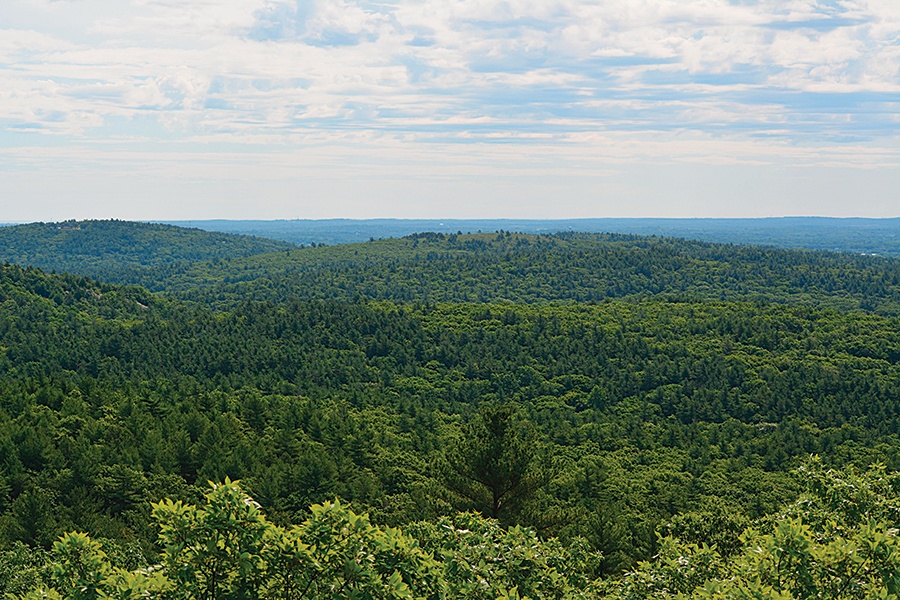
Photo by Marcus Baker/Alamy Stock Photo
You may have summited Mount Monadnock and strolled the rocky shores of Acadia, but have you explored the often-overlooked oasis right in your own backyard? Spanning more than 7,000 acres from Quincy to Dedham in the west and to Randolph in the south, Blue Hills Reservation is more than just a place for a quick hike with your pup. It's a place to mountain-bike, horseback-ride, ski, camp, and swim, all less than 20 minutes from Boston. Overwhelmed by all of the options? Consider this your complete guide to a day—or a whole weekend—spent getting lost and finding yourself in the largest park just outside of town.
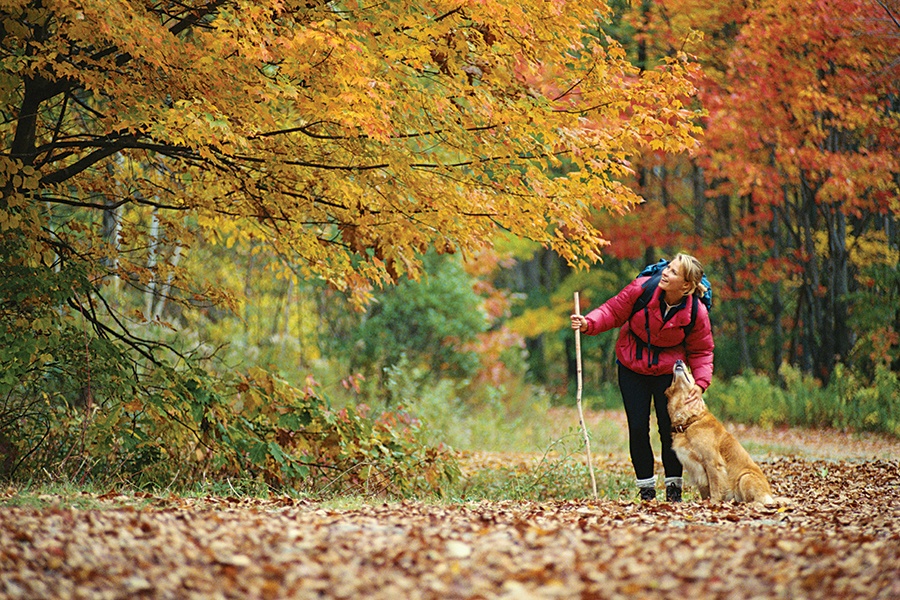
Photo by Mike Brinson/Getty Images
Hiking
Skyline Loop
Difficulty Level: Hard
Length: 3 miles
Time: 2.5 hours
Undoubtedly the Blue Hills' most popular trail, this trek involves plenty of climbing to reach the top of Great Blue Hill, though the legwork is more than worth it. Following the blue blazes from the park's headquarters will lead you to the summit, where you'll need to do one more climb—up the steps of Eliot Tower—to soak in the panoramic views. You can't miss the Boston skyline and the harbor, and on a clear day, you can spot Mount Wachusett in Central Massachusetts and even the Monadnock region in New Hampshire.
Ponkapoag Pond Trail
Difficulty Level: Medium
Length: 3.75 miles
Time: 3 hours
On a nice day, the Blue Hills can get a bit crowded. If your idea of communing with nature involves as little human interaction as possible, though, you'll want to head for Ponkapoag Pond in the southern part of the park, where you can enjoy a quiet walk along the water and through a rare Atlantic white cedar bog before approaching the edge of Ponkapoag Golf Course.
Wolcott and Border Paths
Difficulty Level: Easy
Length: 2.5 miles
Time: 1 hour
Bringing the kiddos along on a stroll? The Wolcott and Border Paths offer a flat, gentle walk through pine and hemlock trees that's perfect for baby carriers and tiny feet. Begin the jaunt at Blue Hills headquarters and pick up the wide woodland path from there (just be sure to bring a map with you, as this hike combines several different trails). There's a picnic area toward the end, too—a perfect way to complete a smooth journey through the woods.
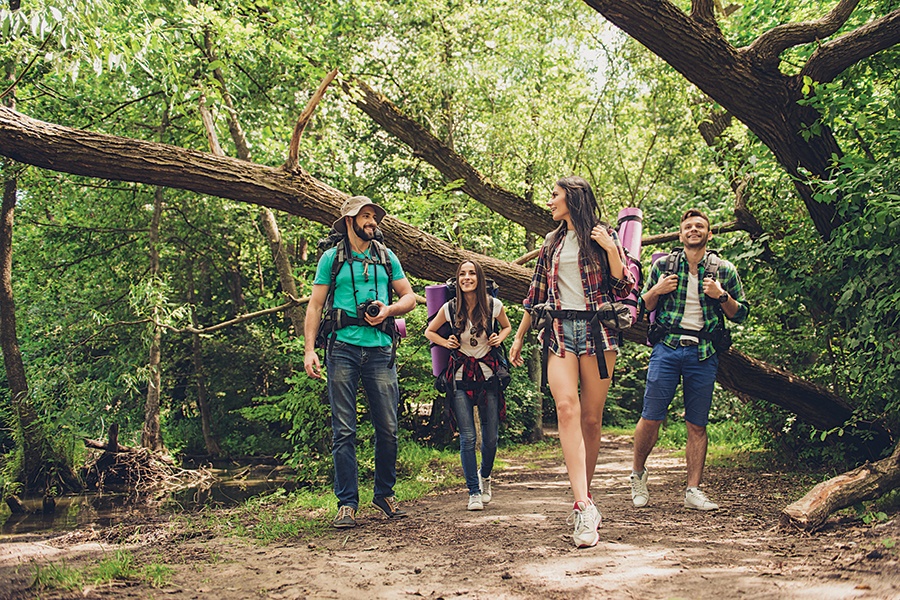
Photo by Deagreez/Getty Images

Photo by Sze Lung Ng/Eyeem/Getty Images
Know Before You Go
WHAT TO BRING
Packing for any Blue Hills ramble begins with your feet. Sturdy
footwear with soles that can grip varied surfaces will inspire confidence as you negotiate rocky, roller-coastering paths. For your upper body, embrace the three-layering system. You'll want something comfortable (i.e., a T-shirt); a garment that provides insulation, like a fleece; and a jacket that protects you from unexpected wind or rain. Trekking poles will be your friend while navigating steep Blue Hills trails, and a bug net might be the difference between a pleasant pondside hike and a face full of mosquitoes. And, of course, ample drinking water is a must: A good rule of thumb is one liter for every two hours of hiking.
WHERE TO PARK
To ascend Great Blue Hill, try the west-side parking lot along Blue Hill Avenue, which offers plenty of spaces and access to the Trailside Museum. Next to a state police station, the central parking area off Hillside Street puts you in the heart of the Blue Hills, but if the spaces here are filled, continue south on the road to the more spacious lot beside Houghton's Pond. (Both lots offer trail access.) On the east side, small pull-outs along Randolph Avenue are your gateway to unsung enchantments such as Hawk Hill and the Great Cedar Swamp.

Illustration by Erwin Sherman
Watch Party
Keep your eyes open and get to know the flora and fauna along the trails.
Red-Shouldered Hawk
To find this bird, look for the "distinctive white crescent feather near the tip of its wings," advises Sean Kent, education manager for Mass Audubon's Metro South Region, who notes that some of these hawks migrate through the Blue Hills in spring and summer, while others are year-round residents. They can also be identified by their high-pitched mating calls.
Sweet Pepper Bush
One of the few native shrubs that bloom in July, it's like nature's own scratch-and-sniff. "When you scratch the bark, it smells a little bit spicy," Kent says.
Highbush Blueberry
Yes, you can eat the fruit from these fragrant shrub plants, which flower in spring throughout the reservation and produce blueberries in the summer.
Purple Pitcher Plant
Plants can be carnivores, too. Found near Blue Hills bogs such as Ponkapoag, these striking maroon flowers can digest trapped insects.
Wood Thrush
"The reservation is an important nesting area for birds," Kent says. In midsummer, you'll often hear the flute-like song of the wood thrush for most of the day, as July is their breeding season.

Photo by Wundervisuals/Getty Images
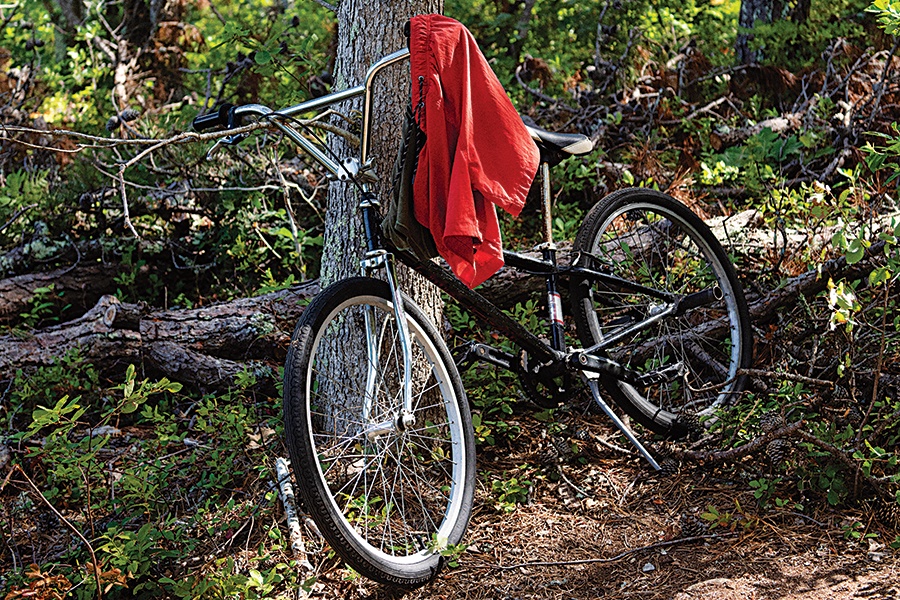
Photo by Cavan Images/Getty Images
Biking
Breakneck Ledge
Difficulty Level: Hard
Length: 4.5 miles
Get ready for a heart-pumping workout: Combining old cart paths and steep climbs, this trek traverses woodlands and rocky, rugged hilltops. By starting at the Houghton's Pond parking lot and following the yellow triangle blazes, bikers can get a complete view of the Blue Hills' varied terrain, tracing parts of two well-known trails. Keep an eye out for babbling brooks, glacial erratics, and plenty of
pine needles.
Forest Path
Difficulty Level: Medium
Length: 6 miles
Not every ride is about putting the pedal to the metal. While it's longer than the Breakneck Ledge trail, this path, which winds through the central part of the park, offers a somewhat smoother, flatter ride, punctuated by a couple of climbs. Follow the double-wide paths through leafy alleys—just pay attention to the white triangle blazes on the trees as the breeze glides over your helmet.
Houghton's Pond Loop
Difficulty Level: Easy
Length: 1 mile
New to mountain biking or want to bring the kids along?
The Houghton's Pond Loop is a good place to start. According to the New England Mountain Bike Association, it's one of the
only truly "easy" bike paths in such a hilly reservation. Start at the Houghton's Pond parking lot to begin a gentle, one-mile loop where branches frame views of the water from just about every angle.
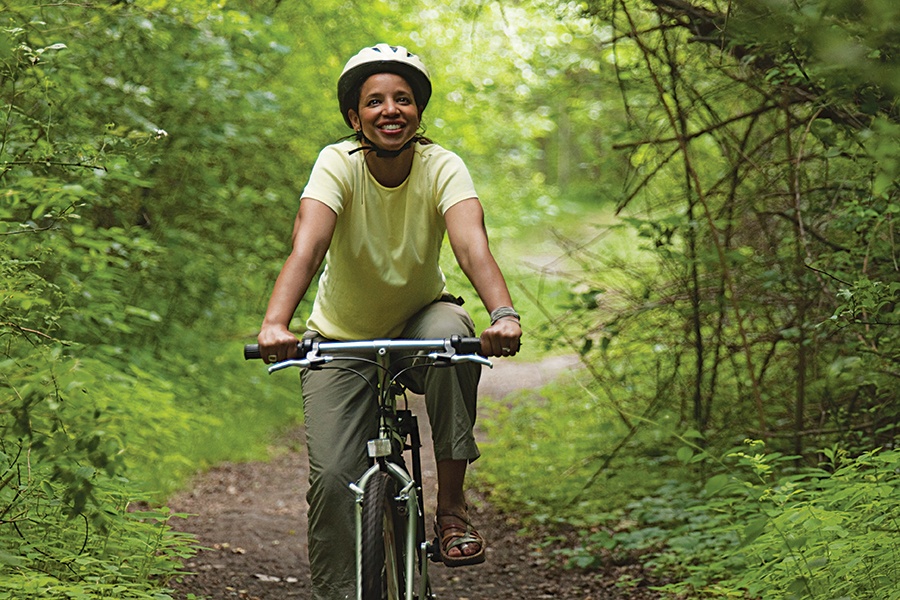
Photo by HuntStock/Getty Images
Fuel for Thought
Slake your thirst—and hunger—after a day on the trails at these top spots.
Simco's
Mattapan
This legendary stand in Mattapan has been slinging hot dogs since the 1930s, and the neat old sign out front practically proves it. Though the menu is vast, at a place that touts the "world's largest Old Tyme franks," the choice is pretty clear: Order either a cheese dog or a chili dog, plus a lime rickey or ice cream float to wash it down.
Trillium Brewing Company
Canton
Nothing hits the spot like an ice-cold pint after summiting Great Blue Hill on a hot day. Kick back with a Trillium beer—the Double Dry Hopped Trailside IPA, perhaps?—on the brewery's Canton patio, accompanied by a house-cured-pastrami sandwich or wood-fired pizza.
Revive and Co. Kitchen & Juice Bar
Milton
Round out a healthful day in the great outdoors with a salad, grain bowl, sandwich, or smoothie from this Milton spot. If you woke up early to hit the trails and missed breakfast, you'll be glad to find the most important meal of the day anytime here: Try the jalapeño-infused bacon, egg, and cheese sandwich, or for something sweeter, the multigrain toast with almond butter, Nutella, bananas, and strawberries.
Widowmaker Brewing
Braintree
Need something to quench your thirst right now? Widowmaker Brewing's dog-friendly patio is a speedy four-minute drive from the park's headquarters, and often has food trucks on site. Sweet tooths, beware: It's tough to have just one of the candymaker peanut-butter stouts. For a lighter option, don't miss the Blender Ender, a fruited sour with blackberry, blueberry, and strawberry notes.

Illustration by Erwin Sherman
History of the Hills
The story of Massachusetts is rooted in the Blue Hills. Some of the most prolific Indigenous peoples here were the Massachusett, whose name translates to "people living near the great hills." They harvested corn and squash, fished along the Neponset River, and quarried mineral-rich stone from the Blue Hills granite deposits, which take on a bluish tint under certain light conditions. This was one of the first things European colonizers noticed when casing the Massachusetts coast from their ship—and they went straight to work extracting the rock once they disembarked. It wasn't until the late 19th century that a more bucolic future for the Blue Hills came back into focus. Charles Eliot, the landscape architect who helped found the Trustees of Reservations, proposed that Boston's metropolitan parks system acquire the Blue Hills and transform it into a space where anyone could wander along rugged trails to the area's highest points. The Civilian Conservation Corps would cut many of these trails during the Depression. Today, several pinnacles in the Blue Hills are named after important people from the area, from Colonial-era sachems such as Wampatuck and Chickatawbut to Eliot himself, for whom the stone observation tower atop Great Blue Hill was dedicated.
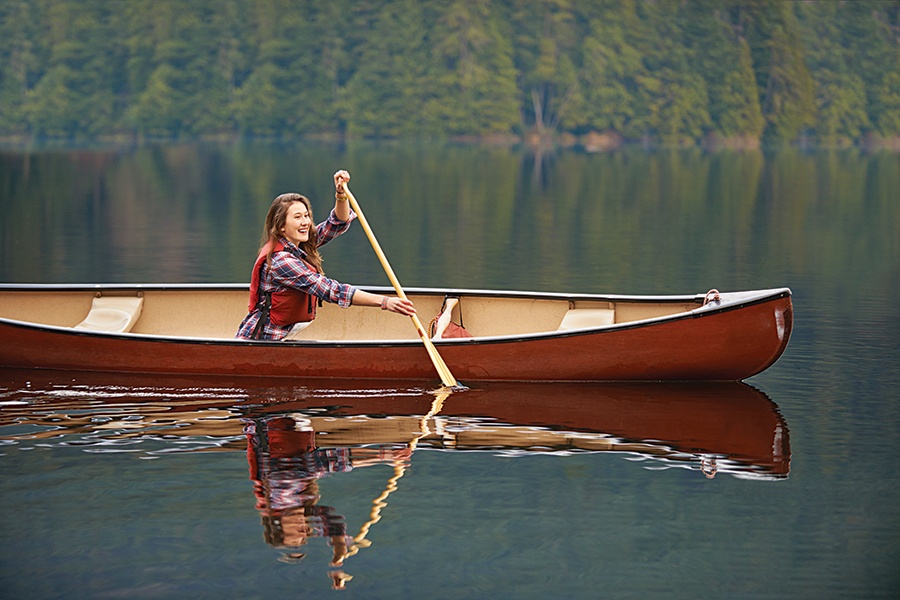
Photo by AJ_Watt/Getty Images
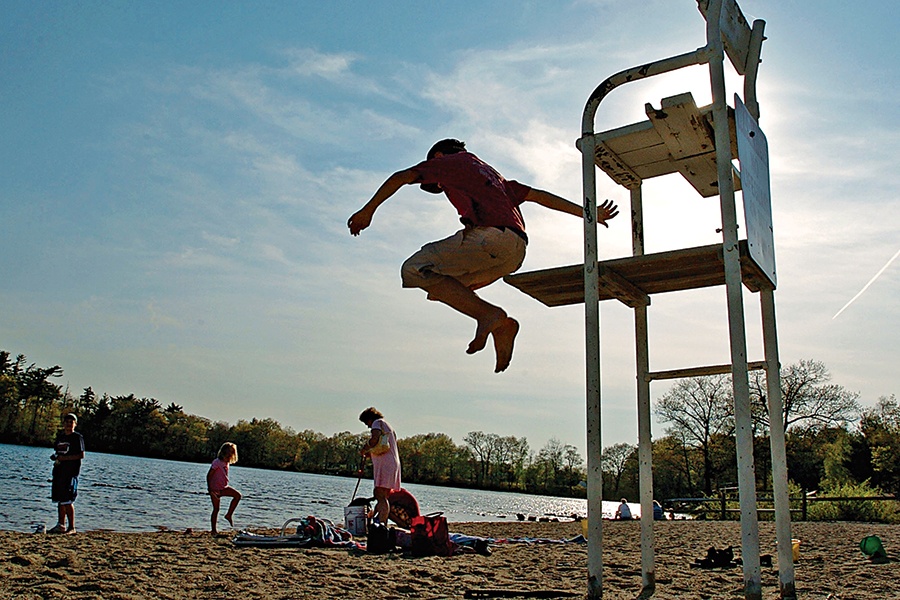
Photo by David Goldman/MediaNewsGroup/Boston Herald/Getty Images
Family Fun
Swim at Houghton's Pond
Next time the temps rise, leave the crowds to fight for parking spots at Walden Pond and go for a dip in this swimming hole instead. With a shallow, child-safe area that's roped off near the lifeguard station, plus a wheelchair-accessible beach perfect for laying out a blanket and playing in the sand, it's sure to make you and the kids happy. Bonus points for a nearby bathhouse offering a first-aid station, changing rooms, and outdoor showers.
Visit the Trailside Museum
Want to spot a snowy owl, a red fox, a timber rattlesnake, and a bald eagle all in one afternoon? You'll find them—and more—at the Blue Hills' on-site museum, opened as a partnership between the Mass Audubon Society and the Department of Conservation and Recreation. The space's indoor and outdoor exhibits showcase native animals who call the museum home because they couldn't make it on their own in the wild.
Horseback-Ride on the Trails
In the mood to trade your hiking boots for riding boots? At Blazing Saddles Equestrian Center in Randolph, both novice and experienced equestrians can trot along the wooded trails in the Blue Hills with an instructor, crossing a horses-only bridge over Route 128 before entering the park. No need to bring any special equipment; they'll even provide helmets and gear for the half-hour or hourlong ride.
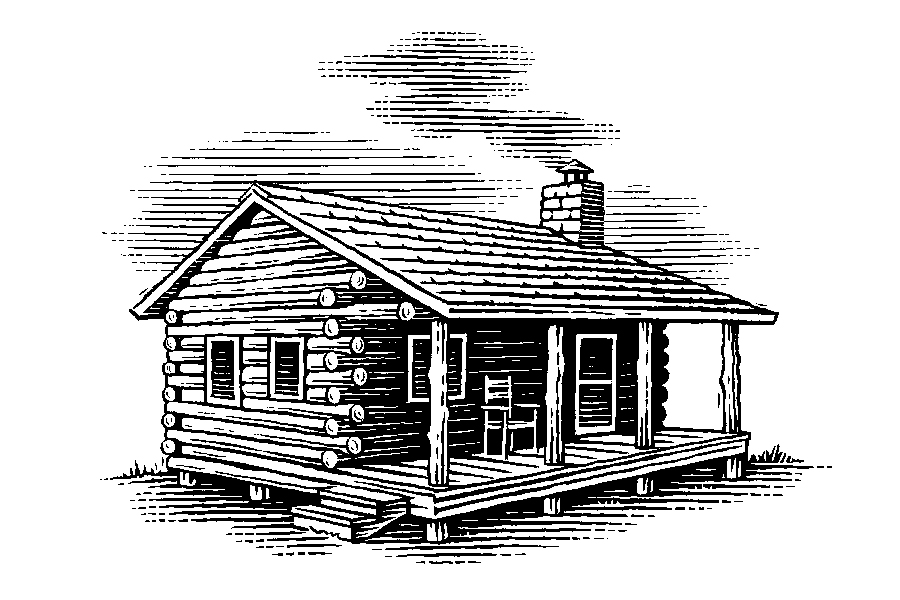
Illustration by Erwin Sherman
Cabin Fever
One day in the Blue Hills not enough? On the eastern shores of Ponkapoag Pond in Randolph, you can experience a backwoods cabin getaway that's not actually in, you know, the backwoods. Since the 1920s, Ponkapoag Camp has rented out 20 rustic cabins and two tent sites that put you steps away from breezy beaches and peat moss bogs worthy of Scotland. Bookable by snail mail only, the cabins are old-fashioned—you'll need to bring drinking water, bedding, flashlights, and a cook stove—but each offers its own perks (not to mention serene pond-side scenery). Here are a few of our favorites.
PINE
Tucked in the trees near the water's edge, Pine is an ideal refuge for a big group getaway during the summertime, with four indoor beds and two porch beds for those who want to nod off to the sound of
rippling water.
LAKEVIEW
Exactly what it sounds like, Lakeview offers a direct vista of Ponkapoag Pond and easy access to the beachfront. The four-bed cabin is also one of several with a woodstove, which makes it a perfect lodging option for fall and spring.
SPANG
Not only does this more intimate space offer easy access to the water, it's also one of several Ponkapoag cabins made of American chestnut, which once flourished in the Blue Hills before an invasive pathogen all but wiped out the mythic trees.
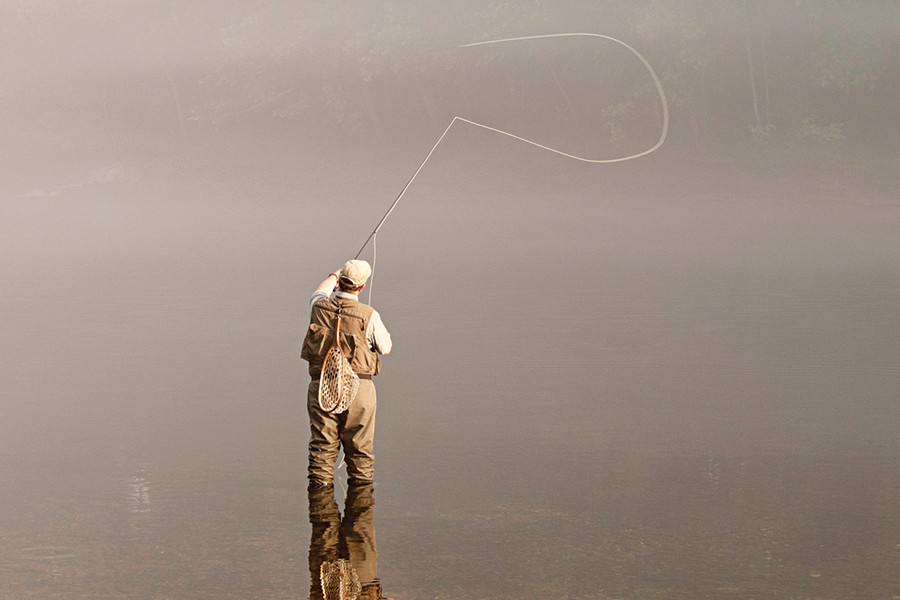
Photo by Lokibaho/Getty Images
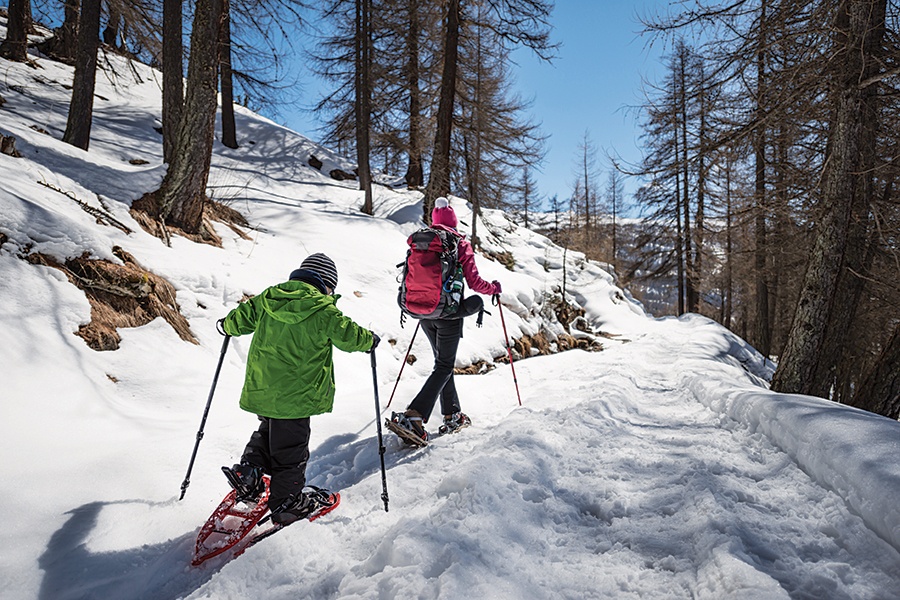
Photo by AlexD75/Getty Images
A Park for All Seasons
No need to trek to Vermont or New Hampshire next winter: When the temperature at Blue Hills Reservation plummets below 30 degrees Fahrenheit and stays low, snowmaking machinery blankets the western haunch of Great Blue Hill with powder, offering locals the chance to shred close to home. With a total vertical drop of 309 feet and four chair lifts, the Blue Hills Ski Area boasts a sidewinding network of downhill trails that are perfect for newbies (lessons are available) and slope hounds alike. Prefer a less adrenaline-heavy winter repast? Glide past frozen wetlands on the gentle Pipeline Trail in snowshoes, or cross-country ski through corridors of spruce and beech on the slopes of Tucker Hill. And if all else fails, simply grab your sled or snow tube and head straight for the lumbering hills of the Ponkapoag Golf Course.
Source: https://www.bostonmagazine.com/arts-entertainment/blue-hills-reservation-guide/
0 Response to "How to Get to the Blue Hills Observation Area"
Post a Comment